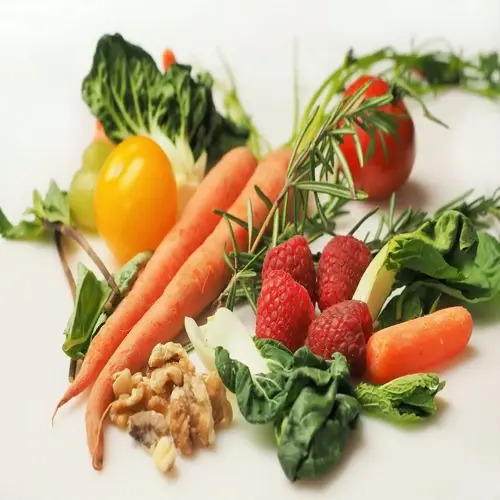Do pale-colored foods contain flavonoids?

Written by
Chen Jialiang
Reviewed by
Prof. Benjamin Murphy, Ph.D.Light-hued foods contain surprising amounts of flavonoid density despite their paler appearance. Foods such as onions, apples, and garlic contain significant amounts of substances like quercetin and phloretin. Their light pigmentation does not signify a lack of nutritional value. These foods often rival brightly colored fruits and vegetables in antioxidant content.
Allium Vegetables
- Yellow onions provide 20-50mg quercetin per 100g
- Garlic contains allicin-enhanced flavonoids
- Leeks offer kaempferol with mild flavor
Fruits
- Apples concentrate flavonoids in their peels
- Pears deliver anthocyanins in red varieties
- White grapes contain catechins and stilbenes
Roots & Tubers
- Celery root provides apigenin glycosides
- Parsnips contain polyacetylene flavonoids
- Ginger offers gingerol-enhanced compounds
These foods present a challenge to color-based preconceptions about food. Quercetin in onions is as important for cellular protection as are the anthocyanins in berries. Phloretin in apples supports certain metabolic functions equally well as do the brightly colored alternatives. I frequently use sliced apples and onions in salads to achieve a balanced intake of flavonoids.
Get maximum health benefits from paleo foods. Eat apples with the skin on. Lightly sauté onions to preserve quercetin. Use raw garlic in dressings. These methods maintain bioactive substances to assist cellular protection and metabolic efficiency as optimally as colorful alternatives.
Add variety to your plate beyond brighter shades: choose paler flavonoid foods such as mashed celeriac or slices of pears. Observe the ever-present benefits of vitality you will enjoy even if it is not from color. This helps ensure nutritional balance of your plate and will expand your eating habits.
Read the full article: 10 Flavonoid-Rich Foods for Better Health

